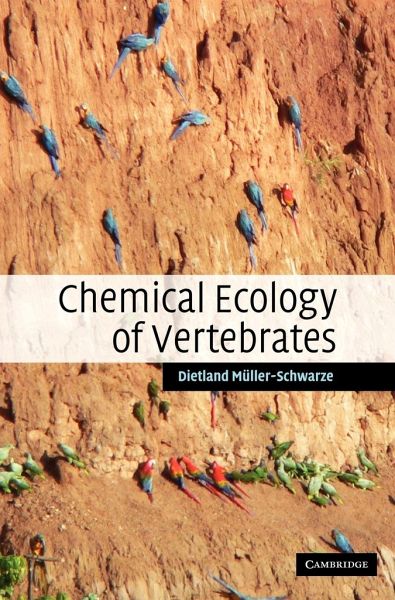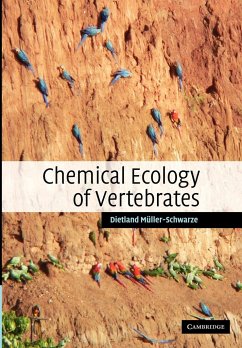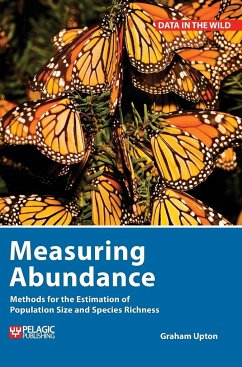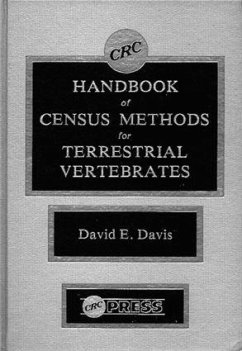
Chemical Ecology of Vertebrates
Versandkostenfrei!
Versandfertig in 1-2 Wochen
165,99 €
inkl. MwSt.
Weitere Ausgaben:

PAYBACK Punkte
83 °P sammeln!
Published in 2006, Chemical Ecology of Vertebrates was the first book to focus exclusively on the chemically-mediated interactions between vertebrates including fish, amphibians, reptiles, birds and mammals, and other animals and plants. Reviewing research in three core areas - pheromones (where the interactions are between members of the same species), interspecific interactions involving allomones (where the sender benefits) and kairomones (where the receiver benefits), it pulls together information from widely scattered technical literature in many different disciplines into a coherent whol...
Published in 2006, Chemical Ecology of Vertebrates was the first book to focus exclusively on the chemically-mediated interactions between vertebrates including fish, amphibians, reptiles, birds and mammals, and other animals and plants. Reviewing research in three core areas - pheromones (where the interactions are between members of the same species), interspecific interactions involving allomones (where the sender benefits) and kairomones (where the receiver benefits), it pulls together information from widely scattered technical literature in many different disciplines into a coherent whole. Chapters on the environment, properties of odour signals, and production and release of chemosignals set the stage for discussion of more complex behavioural topics. While the main focus is ecological, dealing with behaviour and interactions in the field, it also covers chemoreception, orientation and navigation, the development of behaviour and the practical applications of chemosignals.














